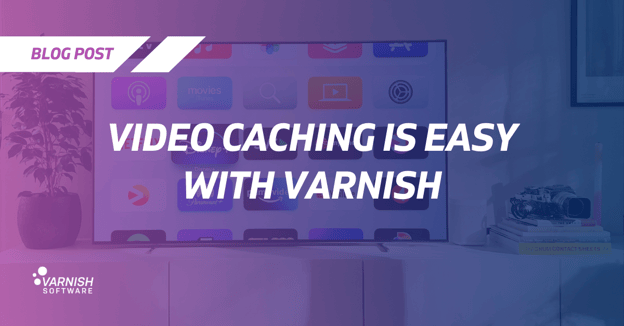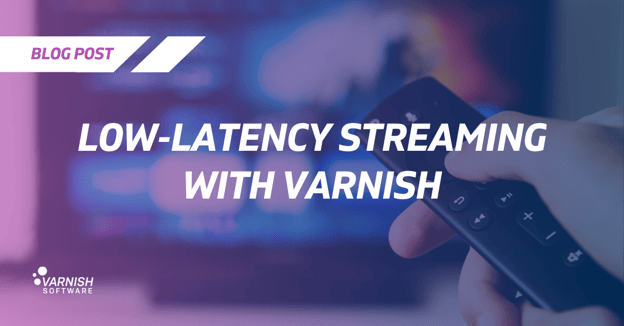Today most internet content is multimedia audio and video. By 2020, according to the Cisco Visual Networking Index report, more than 80% of content on the internet will be streaming video. And much of this streaming content will be accessed via a host of different mobile devices. Nothing but growth happening here.
We also know that the number of streaming services, of all kinds, are expanding. This includes everything from the expected, such as OTT, subscription-based services (Digital TV Research Ltd. forecast that global OTT revenues will grow to $64.8 billion by 2021) like Netflix and live streaming services like some broadcast TV outlets, special sporting or live music events or even live university lectures as more educational opportunities move online. Predictable stuff. But streaming is also taking off in many other less expected ways - social media outlets are becoming streaming platforms as well, offering up both professional/broadcast-quality (and often exclusive) content and user-generated/created content (think Facebook Live). All of these options are common enough that people don’t think twice about their existence and device-agnostic availability.
Futureproof your infrastructure
This is all great news… yet, keeping up with all this streaming traffic is the new frontier of scalability and reliability for sites offering multimedia content. OTT media streaming is the norm and is one of the primary means of content consumption. We’re way beyond the early adopters and cord cutters now and every segment of the media (and in fact non-media) looks to take advantage of what multimedia content can do for them. This means that the infrastructure supporting HTTP streaming has to be ready for action now but also be future-proof and always looking for both incremental changes and trends as well as the next big disruption.
Using Varnish for seamless, reliable streaming
Audiovisual media has been a big driver in the development of Varnish Plus and Varnish Cache. Companies both big and small have employed Varnish Software solutions for OTT and live HTTP streaming video. But just because this is working well today and meeting the needs of users doesn’t mean we don’t have big plans for the future. Two of the key pieces of Varnish technology enabling seamless, reliable streaming - Massive Storage Engine and Varnish High Availability - are both in line for near-term improvements and are part of the long-term roadmap for ensuring future development.
There is a lot more to what we have planned for the technology behind HTTP streaming in Varnish now and in the future. We’ll dive into more detail in our June 20th webinar, Live streaming and OTT with Varnish.
/VS-logo-2020-197x60.png?width=136&height=60&name=VS-logo-2020-197x60.png)



